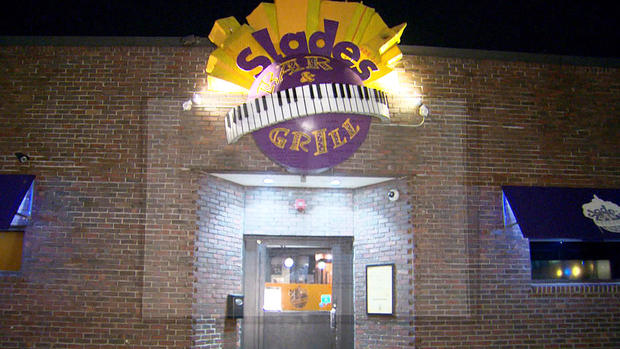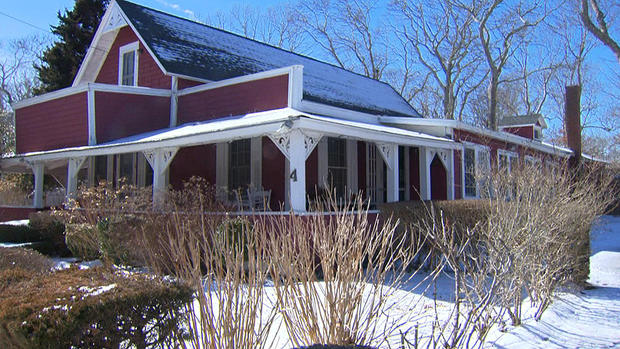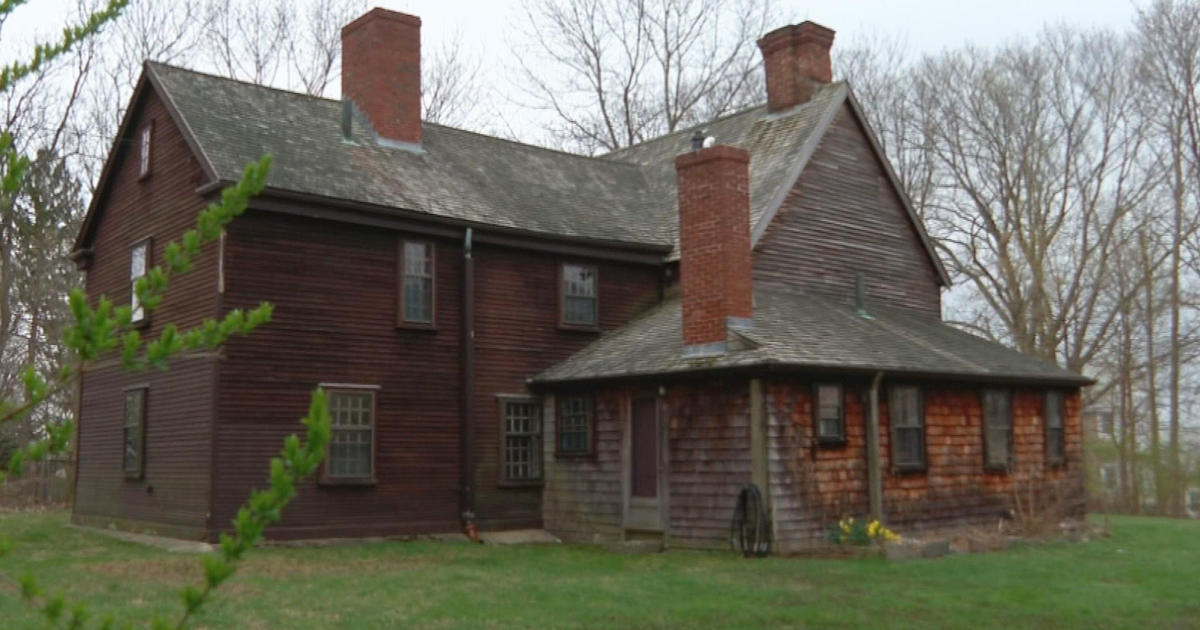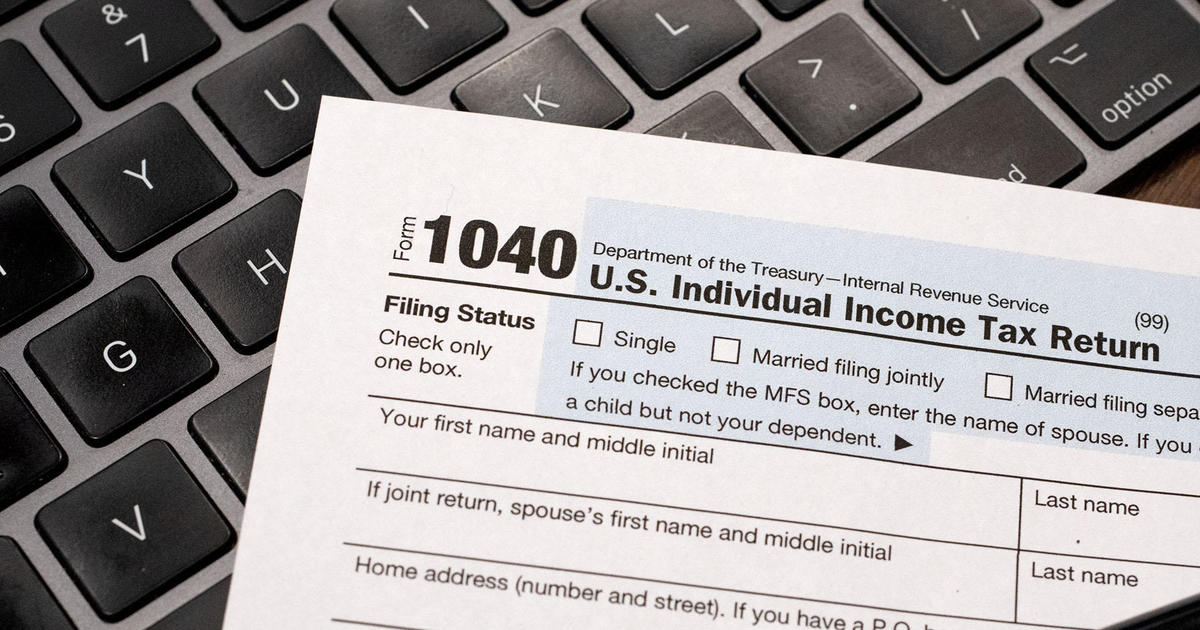The Story Behind 'Green Book' And Its Massachusetts Ties
BOSTON (CBS) - The film "Green Book" won Best Picture at the 91st Academy Awards earlier this week, one of the many wins the movie picked up this awards season.
The film tells the story of an unlikely friendship between African-American musician Don Shirley and his driver Frank "Tony Lip" Vallelonga. It develops as the pair goes on a music tour through the unfriendly, segregated South.
Long before the popular film, there was an actual publication originally called the "Negro Motorists Green Book." Black travelers were encouraged to keep a copy of the book with them while traveling, in order to better navigate a hostile world during racial segregation.
"It really wasn't safe to go an awful lot of places," says Elaine Weintraub, the co-founder and director of the African American Heritage Trail of Martha's Vineyard.
Victor Green, a mailman from New York, knew that unfortunate reality and created the first edition of the Green Book in 1936. In it there was a list, by state, of businesses that were welcoming to African-Americans.
"You've got to get gas. You've got to find a place to sleep. You've got to find a place to eat. They never thought about, people were not going to allow them to do any of the three," recalls Darryl Settles.
Settles is the managing partner of Slade's Bar and Grill in Lower Roxbury. The restaurant opened in 1935 and is the oldest operating black business in the city of Boston. It was listed in many editions of the Green Book.
Charlie's Sandwich Shoppe in the South End was also listed. It wasn't black-owned, but it was one of few restaurants that was integrated.
"Back then, other than music halls, there were not places people mixed," says Settles.
Weintraub says businesses like Slade's and Charlie's are a reminder that racism and segregation were real everywhere, even in the Northeast.
"They didn't have the tradition of racial violence, but it wasn't an inclusive paradise," she says. "They did need the Green Book. "
While the first Green Book started with only ten pages, the publication grew with each year's edition. It eventually included pictures, stories, advertisements and a vacation guide.
"It's a living testament to the strength of a community that said, 'Okay, I'm going to go traveling anyway. I'm going to go ride on the highway. I'm going to go to Martha's Vineyard,'" remarks Weintraub.
Black vacationers coming to the Vineyard might have stayed at Shearer Cottage. It's one of several inns and tourist homes in Oak Bluffs listed in the Green Book.
Lee Jackson Van Allen is the fourth-generation owner of Shearer Cottage. Her great-grandparents opened the inn out of necessity in the early 1900's.
"Friends and family came to Martha's Vineyard and they realized that unless they stayed with one of the very few African-American families on the island, they were not welcome at the other inns," Jackson Van Allen recalls.
African-American workers on the vineyard for the Summer, might also run into similar problems. "Many people could work on the Island, but there weren't many placed they could stay," says Weintraub.
Several tourist homes in Oak Bluffs that catered to these workers were listed in the book. Weintraub says the so-called "land ladies" that owned the homes, would rent rooms to people who perhaps worked in very affluent hotels in Edgartown, but couldn't stay there.
Most of those tourist homes have closed, but Shearer Cottage still welcomes guests every summer and it's rich history is celebrated as part of the African-American Heritage Trail of Martha's Vineyard. It also has a display at the Smithsonian.
The history, Jackson Van Allen says, helped in part to shape today's community of Martha's Vineyard.
"More and more African-Americans came, they saw people that looked like them, and they felt comfortable here." says Jackson Van Allen. "So now we have a very large African-American community."
The 1964 Civil Rights Act brought an end to legal segregation. Two years later the 1966-1967 edition of the Green Book was the last edition to be published.
However, with the recent success of the "Green Book" movie, a new generation has been invited to explore a much forgotten part of America's history.
"The Green Book in some ways is a reminder of the horrors of racism," says Weintraub. "But it's also a testament to hard work, to being visionaries. Which is what we're talking about!"






